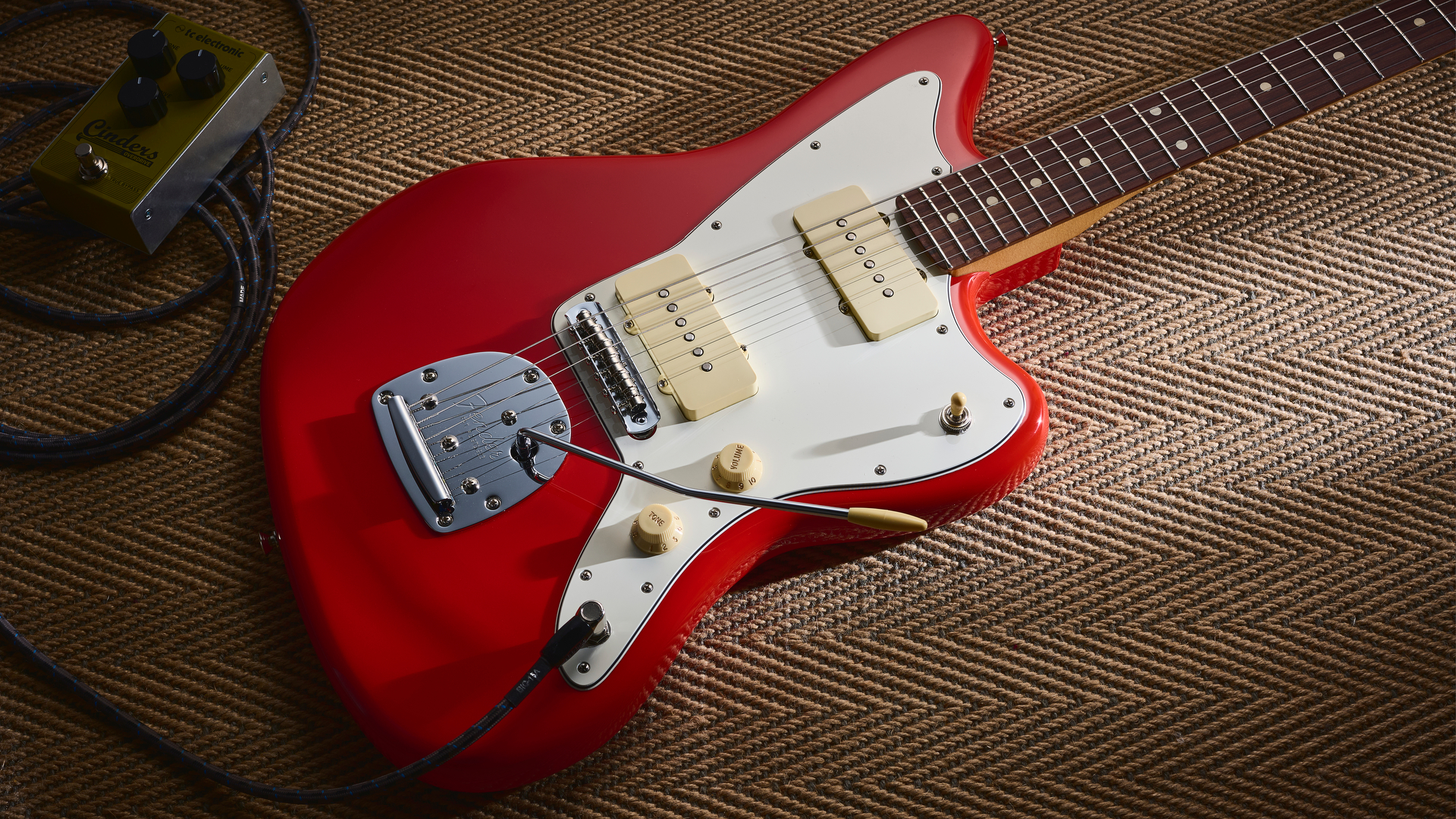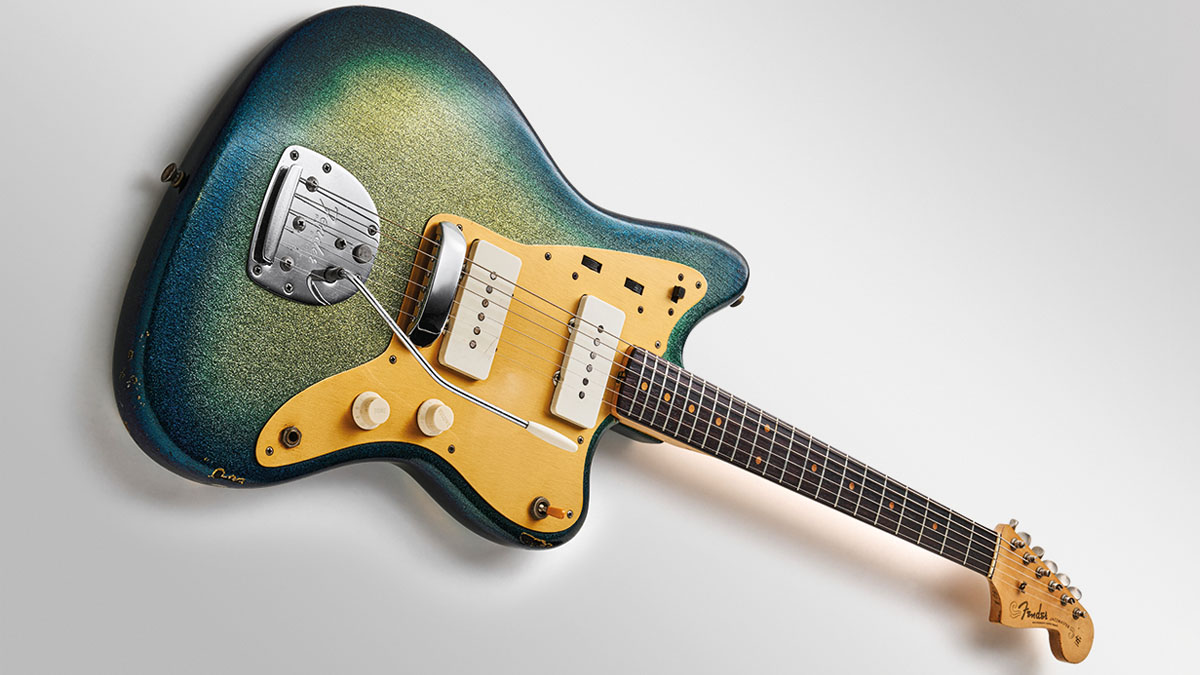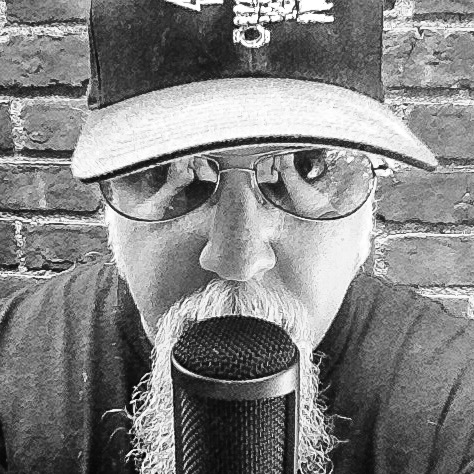“Leo was somewhat disgusted that he played an indirect role in the newfangled radical and rambunctious sounds that were taking over radio airwaves”: How the Fender Jazzmaster became the one offset to rule them all – even if no one really used it for jazz
Joe Pass was one of the few jazz cats who used the Jazzmaster for what it was designed for. But that didn't stop it being a sleeper hit for Fender, and a future classic

Leo Fender was quite pleased with the success of Fender’s Telecaster and Stratocaster electric guitars during the Fifties. However, he wasn’t thrilled that his inventions were embraced more fervently by rock ’n’ roll and blues players than they were by his favored country and western musicians.
Furthermore, he was somewhat disgusted that he played an indirect role in the growing popularity of the newfangled radical and rambunctious sounds that were taking over radio airwaves.
In an attempt to appeal to a more “respectable” group of musicians, Leo and his designers developed a brand-new flagship model aimed at jazz guitarists. He even named it the “Jazzmaster” so everyone would know exactly who it was designed for.
Unfortunately, jazz players felt somewhat lukewarm about the Jazzmaster upon its introduction in 1958, with Joe Pass being one of the few jazz guitarists of note who actually adopted the model during its early run. Instead, the Jazzmaster became a hit with the instrumental surf rock phenomenon that started to emerge around the same time.
At its original retail price of $329.50, the Jazzmaster cost $55 more than a Stratocaster with a “synchronized tremolo” bridge. Gibson’s hollowbody archtop ES-175 with two pickups – a model highly favored by jazz players – was four dollars cheaper.
The ES-335 ($279.50), Les Paul Standard ($265), and the Gretsch Double Anniversary ($310) also cost less. Despite its off-putting expensive retail price, the Jazzmaster became successful enough to remain in production until 1980, when it was officially discontinued, although the last Jazzmaster actually shipped in 1982.

In Japan where surf music never died, the Jazzmaster came back to life in 1985, when Fujigen Gakki made reissues for Fender Japan. USA-based production of the Jazzmaster resumed in 1999, and the model has remained a fixture of the Fender lineup ever since.
All the latest guitar news, interviews, lessons, reviews, deals and more, direct to your inbox!
The Jazzmaster delivers a very distinct, twangy tone that may have missed the mark for traditional jazz but found favor among guitarists seeking a brash sound that stands out from the norm.
Its soapbar-style pickups may look similar to Gibson P90s, but the construction is notably different. The P90 has a large bar magnet under the coil and adjustable pole pieces. The Jazzmaster pickup has magnetized non-adjustable pole pieces instead of a bar magnet.
Also, the Jazzmaster coil is wide and flat, while the P90 coil is narrow and tall. Both pickups typically have similar resistance around 7- to 8k ohms, but the Jazzmaster has notably lower output and a much brighter tone with nasal mids, jangly upper midrange, and spiky treble.
Another notable quirk of the Jazzmaster design is its springy-feeling floating tremolo with an ingenious mechanism that locks the strings for non-vibrato playing or maintaining tuning when a string breaks.
The Ventures were prominent users amongst numerous Jazzmaster-wielding surf rock bands during the early Sixties
The “dual” electronic circuit is unorthodox as well, featuring separate “lead” and “rhythm” settings selected via a slide switch on the upper bout.
The lead circuit is somewhat standard, providing master volume and master tone controls and a three-way pickup selector toggle switch, although the pots are 1meg ohms rather than Fender’s typical 250k ohm pots, which contributes to the Jazzmaster’s bright, twangy character.
The rhythm circuit engages only the neck pickup and a pair of thumb-roller master volume and master tone controls with 500k ohm pots. This setting is somewhat darker, more subdued, and arguably “jazzier.”
With its super-cool space-age angular offset body design, the Jazzmaster has always appealed to players who prefer to go against the grain. The Ventures were prominent users amongst numerous Jazzmaster-wielding surf rock bands during the early Sixties.
During the Seventies, the Jazzmaster re-emerged on the punk and new wave scene in the hands of players like Elvis Costello, Tom Verlaine (Television), Robert Smith (the Cure), and Ric Ocasek (the Cars).
From the Eighties and beyond, the Jazzmaster has appealed to grunge, alternative, shoegaze, and other rebellious genres via iconoclastic players and bands like J Mascis, Kevin Shields, Nels Cline, Troy Van Leeuwen, Thom Yorke, Sonic Youth, Yo La Tengo, and Arctic Monkeys.
Slipknot’s Jim Root has given the Jazzmaster metal credibility, although his are so heavily modified that they’re really Jazzmasters in body shape only. Good ol’ Leo would probably be pleased to know that country artist Chris Stapleton also plays a Jazzmaster, although he’d tell him to get a haircut and shave his beard.
- This article first appeared in Guitar World. Subscribe and save.
Chris is the co-author of Eruption - Conversations with Eddie Van Halen. He is a 40-year music industry veteran who started at Boardwalk Entertainment (Joan Jett, Night Ranger) and Roland US before becoming a guitar journalist in 1991. He has interviewed more than 600 artists, written more than 1,400 product reviews and contributed to Jeff Beck’s Beck 01: Hot Rods and Rock & Roll and Eric Clapton’s Six String Stories.
You must confirm your public display name before commenting
Please logout and then login again, you will then be prompted to enter your display name.



